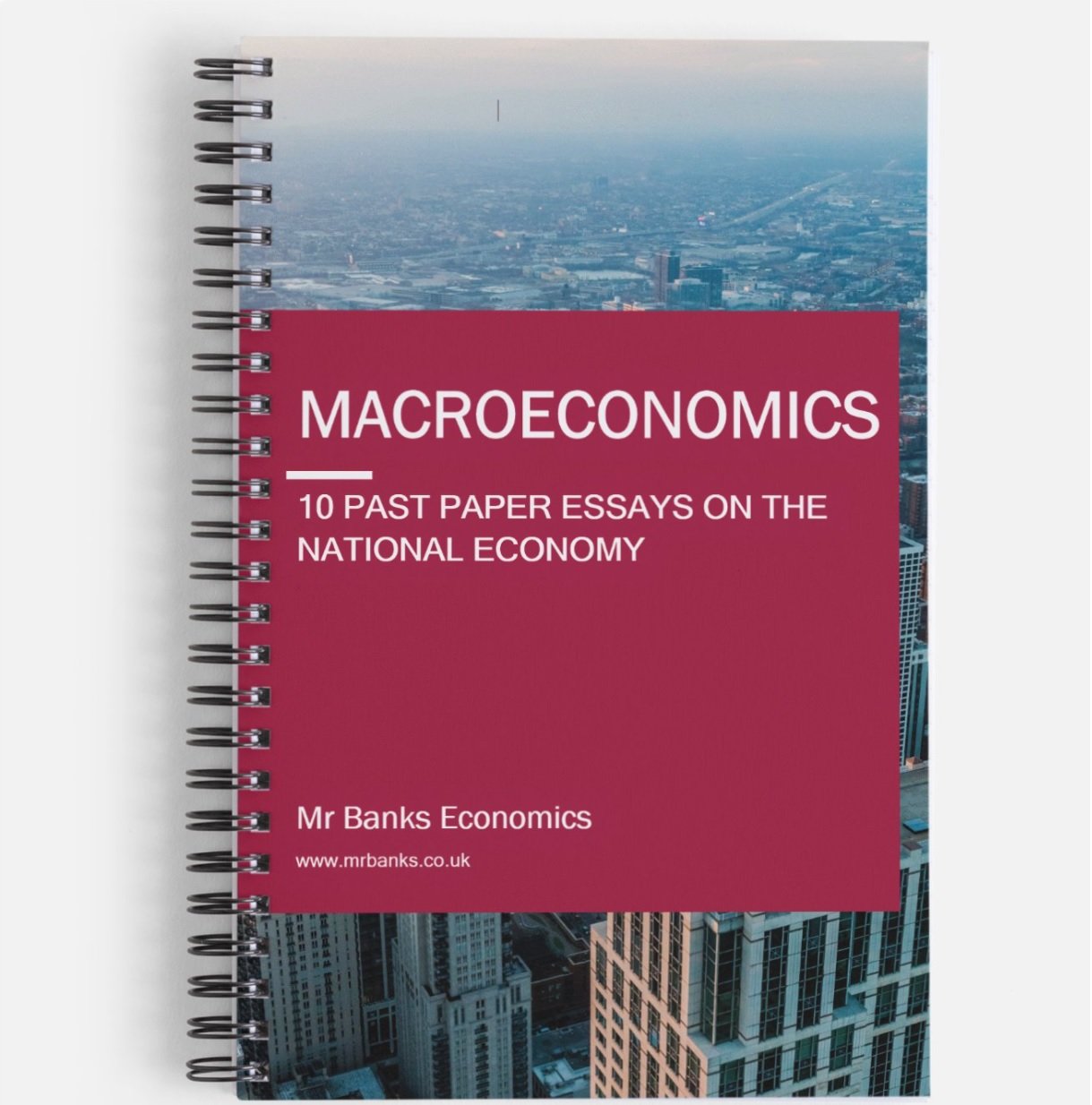Externalities
A-level Economics
exteranalities in consumption. Externalities in production.
Definition: an externality can be defined as being an external benefit or an external cost. Externalities can be either in consumption or in production.
Consumption Externalities
These are externalities that occur as a result of somebody consuming a good or service. For example, a man consumes a large amount of alcohol. As a result of this consumption, he becomes ill and has to go to hospital, costing the NHS time and money.
The diagram above shows consumption externalities for two goods. Good A is represented by the green line. Good B is represented by the red line. To make things simple, when there are consumption externalities, the BENEFIT curves move left and right.
The private benefit (MPB) is also known as the free market demand curve. As you can see the free market demand curve says the marginal private benefit of this good is £10. However, at MSB1, the marginal social benefit is £15. This means that there must be an external benefit of £5. The total value of this good to society is therefore £15. It has a bigger benefit than the free market realises.
Now, let's take a look at Good B, the red line. The private benefit is £10, like before. But look at the social benefit line (MSB2). It says that it is only £5. This means that there must be a negative external benefit of £-5. Therefore, the total value of the good to society is £5 in total. So, it has a smaller benefit to society than the free market realises.
Production Externalities
These are externalities that occur as a result of a firm producing a good or service. For example, it could be that the emissions that are given off at the factory when producing a car. Carbon dioxide and other harmful gases enter the atmosphere which costs a third party (society). There is damage done to the environment, but it is difficult to calculate this damage because we don’t know exactly how much damage has been done, both short-term and long-term. Also, everybody values the environment differently so it’s hard to attach a money value to it.
An example of positive production externality: a bee farm. Bee farmers can have positive effects on other industries. The production of honey means bees go and pollenate other flowers etc. and his causes benefits for society. (I get this question a lot so I thought I'd throw that one in there!]
The diagram above shows production externalities for two goods. Good A is represented by the green line. Good B is represented by the red line. To make things simple, when there are production externalities, the COST curves move left and right.
Let's take a look at Good A, the green line. The private cost (MPC) is also known as the free market supply curve. As you can see the free market supply curve says the marginal private cost of this good is £10. However, at MSB1, the marginal social cost is only £7. This means that the total cost to society is less than what it costs to produce. How can this be? The production process must have a benefit to society. There must be a negative external cost = £-3 (a negative external cost is a good thing). The total cost of this good to society is therefore £7. The producer will make society better off it produces more of this good.
Now, let's take a look at Good B, the red line. The private cost is £10, like before. But look at the red social cost line (MSB2). It says cost is £18. This means that there must be an external cost of £8 (this is a bad thing. It costs a third party £8). Therefore, the total cost of producing the good £18 in total, if you take into account private cost of production and the external cost of production. So, the producer should make less of this good. The producer will make society better off if it produces less than it currently is.
What have we learned:
What is an externality
Consumption externalities: third party benefits/costs when consumed
Production externalities: third party benefits/costs when produced
Pay close attention to the diagrams. Make sure you know what kind of externality affects each type of curve.
IF YOU WANT GOOD GRADES FAST, BUY THESE BOOKS!
MACROECONOMICS MODEL ANSWER BOOK
10 Past Papers with Model Answers on the National Economy
Written by an experienced Economics tutor
Full model answers with diagrams
Suitable for all UK Economics exam boards
Physical booklet
£20.00
MICROECONOMICS MODEL ANSWER BOOK
10 Past Papers with Model Answers on Market Failure
Written by an experienced Economics tutor
Full model answers with diagrams
Suitable for all UK Economics exam boards
Physical booklet
£20.00


